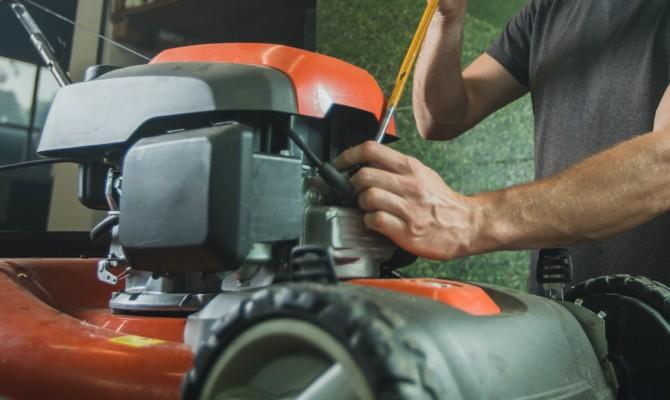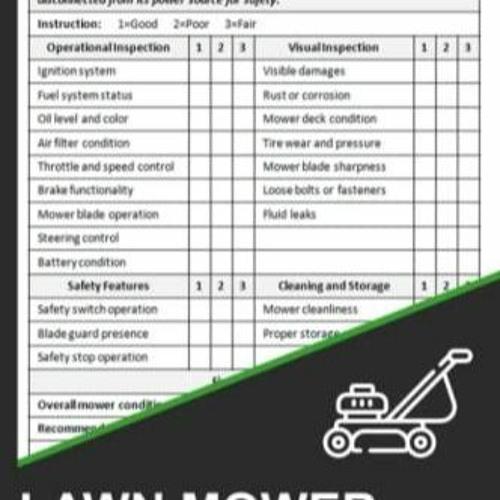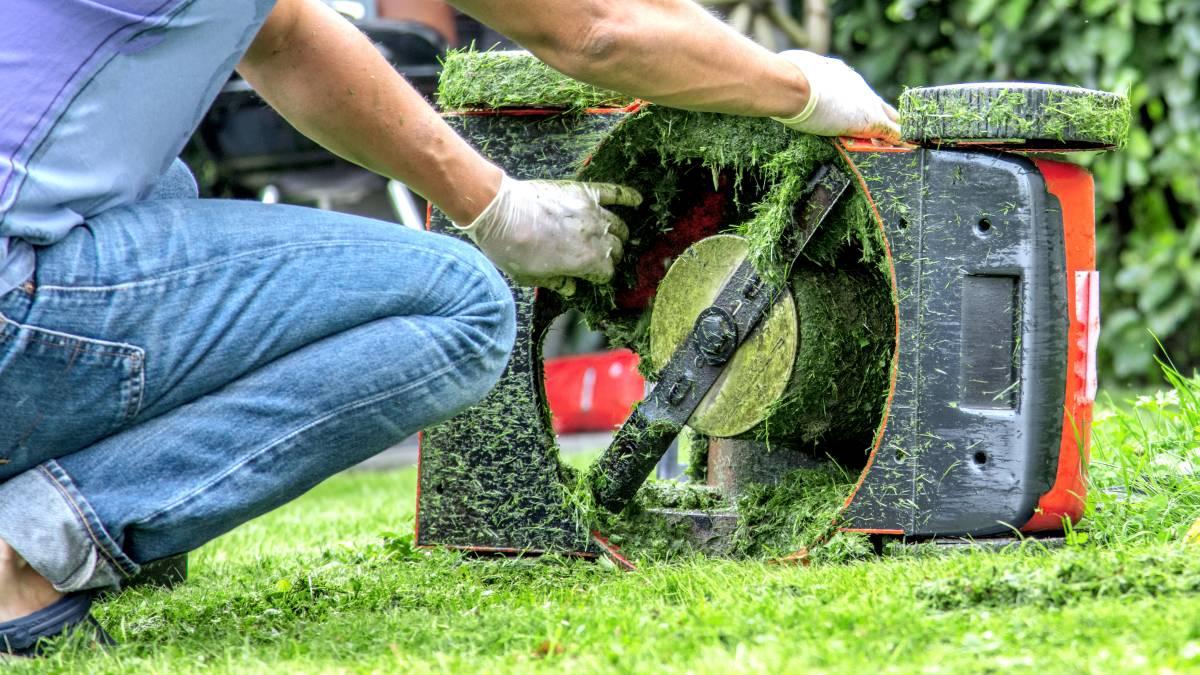As the first hints of spring whisper through the air and the grass begins to stir from its winter slumber, the call of the lawn beckons. Before you fire up your lawnmower and embark on your seasonal ritual of trimming and tidying, there’s a crucial step that often goes overlooked-a thorough checklist to ensure your machine runs smoothly, safely, and efficiently. Whether your mower has been resting quietly in the shed all winter or is brand new to your gardening arsenal, taking a moment to prepare can save you time, trouble, and unexpected trips to the repair shop. Let’s explore the essential checks to give your lawnmower a fresh start and get your yard looking its best all season long.

Preparing Your Lawnmower for Optimal Performance
Before you fire up your lawnmower for the season, it’s essential to give it a thorough check to ensure everything is running smoothly. Start by inspecting the blades for any signs of dullness or damage; sharp blades guarantee a clean cut and healthier grass. Next, examine the fuel system-old gasoline can cause clogging, so empty any stale fuel and replace it with fresh, clean gasoline. Don’t forget to check the oil level and quality. Changing the oil is a simple task that significantly extends your lawnmower’s lifespan.
Besides mechanical components, a few simple adjustments and cleaning steps can make a big difference. Consider these essential checks:
- Air Filter: Clean or replace it to improve engine efficiency.
- Spark Plug: Inspect and replace if it’s worn out or dirty.
- Tire Pressure: Ensure even cutting height and smooth movement.
- Safety Features: Verify all guards and switches are intact and functional.
Essential Safety Checks to Keep in Mind
Before firing up your lawnmower, it’s crucial to perform a thorough inspection that prioritizes your safety and the machine’s longevity. Begin by examining the blade condition; a dull or damaged blade not only compromises cutting efficiency but also poses a risk of injury. Ensure all bolts and screws are tightly fastened, particularly around the blade assembly and handle. Check the safety mechanisms, such as the blade brake and engine kill switch, to confirm they are working properly. Never underestimate the importance of proper personal protective gear: gloves, safety goggles, and sturdy footwear should be your essentials during operation.
Next, scan the area around your mower for obstructions like stones, wire, or toys that could become dangerous projectiles. Review your fuel and oil levels carefully, ensuring to use the right fuel grade and fresh oil as specified by the manufacturer. Consider this quick reference guide below for the most common safety checkpoints:
| Safety Aspect | What to Check | Action Required |
|---|---|---|
| Blade | Sharpness and integrity | Sharpen or replace if damaged |
| Bolts & Screws | Tightness around blades and handles | Tighten securely |
| Safety Features | Blade brake, kill switch functionality | Test and repair if faulty |
| Fuel & Oil | Correct type and levels | Refill or replace as needed |
| Surrounding Area | Debris and foreign objects | Clear before mowing |

Fueling and Oil Inspection for Smooth Operation
Before firing up your lawnmower, ensuring it’s properly fueled and the oil is in top condition is essential for a hassle-free mowing experience. Start by checking that the fuel tank is filled with fresh gasoline; old fuel can cause engine stalling and poor performance. If the fuel has been sitting since last season, it’s best to drain and replace it. Use clean, uncontaminated gasoline, ideally with the recommended octane level specified in your mower’s manual. Avoid overfilling to prevent leaks and check for any signs of residue or debris around the cap and fuel lines.
Next, give the engine oil a thorough inspection. Oil is the lifeblood of your mower’s engine, keeping friction at bay and ensuring smooth operation. Begin by removing the dipstick, wiping it clean, reinserting it, and then checking the oil level against the “Min” and “Max” markers. If the oil appears dark or gritty, a complete oil change is due. For reference, use high-quality oil suitable for the specific engine type. The following table can guide you on the ideal oil grades based on temperature conditions:
| Temperature Range (°C) | Recommended Oil Grade |
|---|---|
| Below 0 | 5W-30 |
| 0 – 27 | 10W-30 |
| Above 27 | 30 |

Blade Maintenance and Adjustment Tips
Before firing up your lawnmower, ensure the blades are sharp and properly aligned to guarantee a clean cut and a healthier lawn. Dull blades tear the grass, making it susceptible to diseases and giving your lawn a ragged appearance. Use a sharpening stone or a mechanical blade sharpener, and always wear gloves to keep safety first. After sharpening, balance the blades by placing them on a nail or using a blade balancer to avoid vibrations that can damage your mower over time.
Adjusting blade height is equally important as it controls how much grass you cut. Most lawnmowers feature a lever or knobs to easily change cutting height levels. Familiarize yourself with your model’s adjustment system and select a height that suits your lawn type and growth condition. If unsure, start with a moderate setting and adjust based on the season and grass type. Regular blade maintenance not only extends the life of your mower but also results in a neatly manicured lawn ready for the season.
| Blade Maintenance Task | Recommended Frequency | Tools Needed |
|---|---|---|
| Sharpening | Once before season starts, then monthly | Sharpening stone or blade sharpener, gloves |
| Balancing | After every sharpening | Blade balancer or nail |
| Height Adjustment | Before each mowing | Adjusting lever or knobs |
To Wrap It Up
As you prepare to breathe life into your lawnmower and welcome the new season, this checklist serves as your trusty companion-guiding you through the essential steps to ensure safety, efficiency, and a lush, well-manicured lawn. Taking these moments now can save you time and trouble later, transforming your mowing experience from a chore into a satisfying ritual. So, ready your blades, fuel your engine, and step confidently into a season of growth, knowing you’ve set the stage for success every time you hit the grass.
